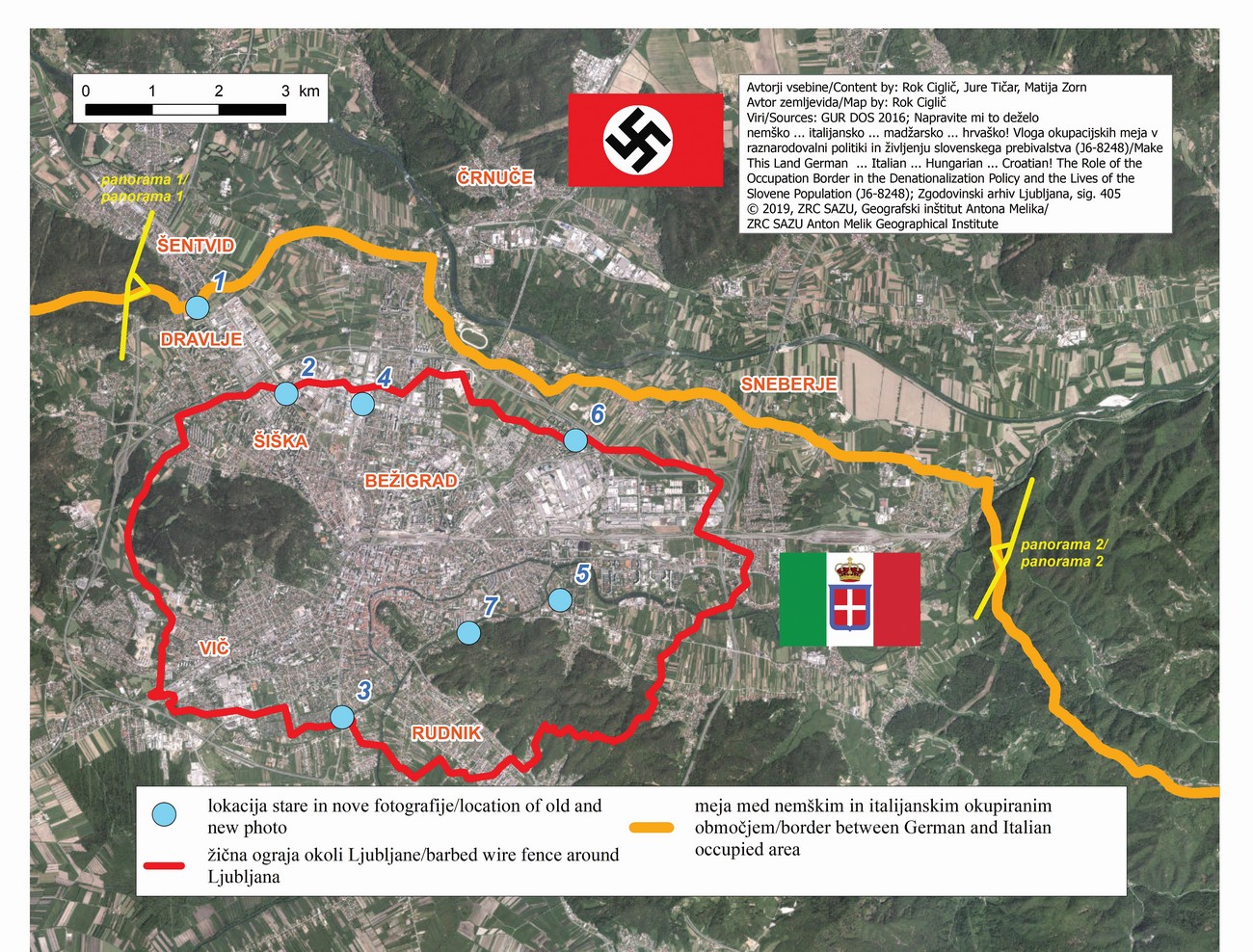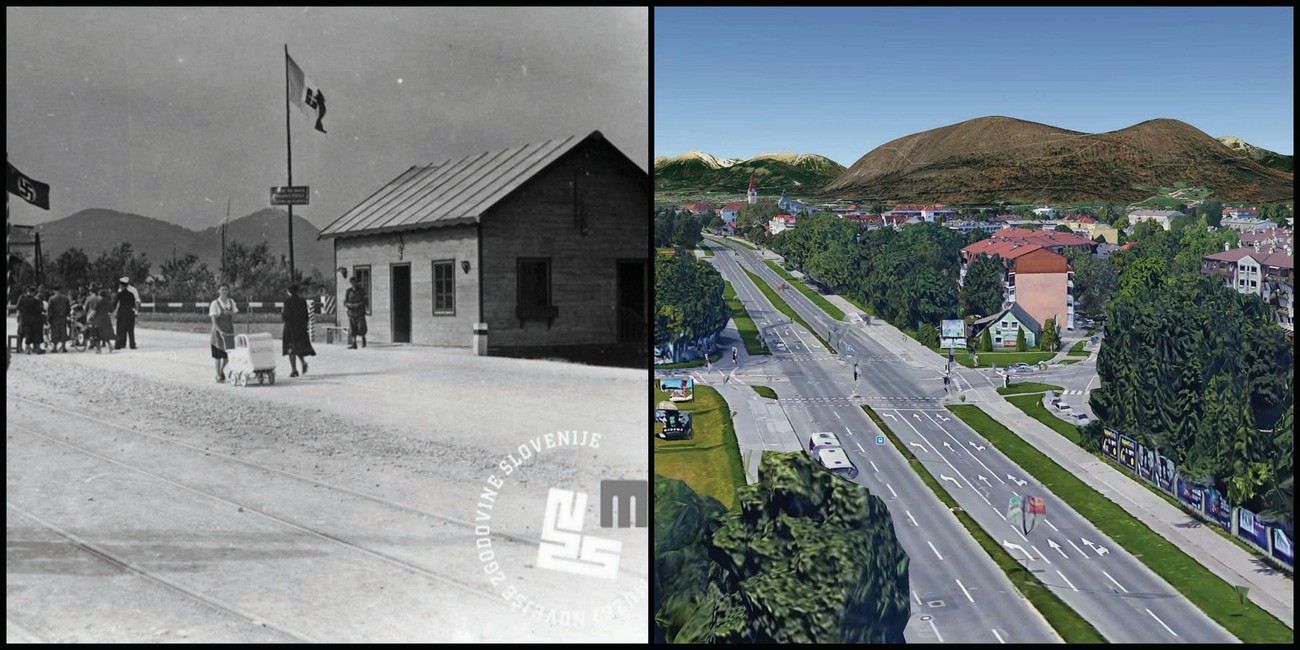The guard towers were used by the occupying forces during World War II to facilitate the control of the wider area. Where the delimitation between the Italian and German occupation areas took place in the hilly terrain, the top of ridges were generally controlled by the Germans. Thus, the border was at the expense of the Italians under the ridges. This enabled Germans to place their guard towers on the ridge of the Kašelj Hill east of Ljubljana, as well as on the ridge between Šentvid and Toško Čelo northwest of Ljubljana, under which the Šentvid Tunnel is underway today. With this, the Germans had a broad view of the southern Ljubljana Basin and could control the Italian occupation of Ljubljana, especially its central and northern parts.



